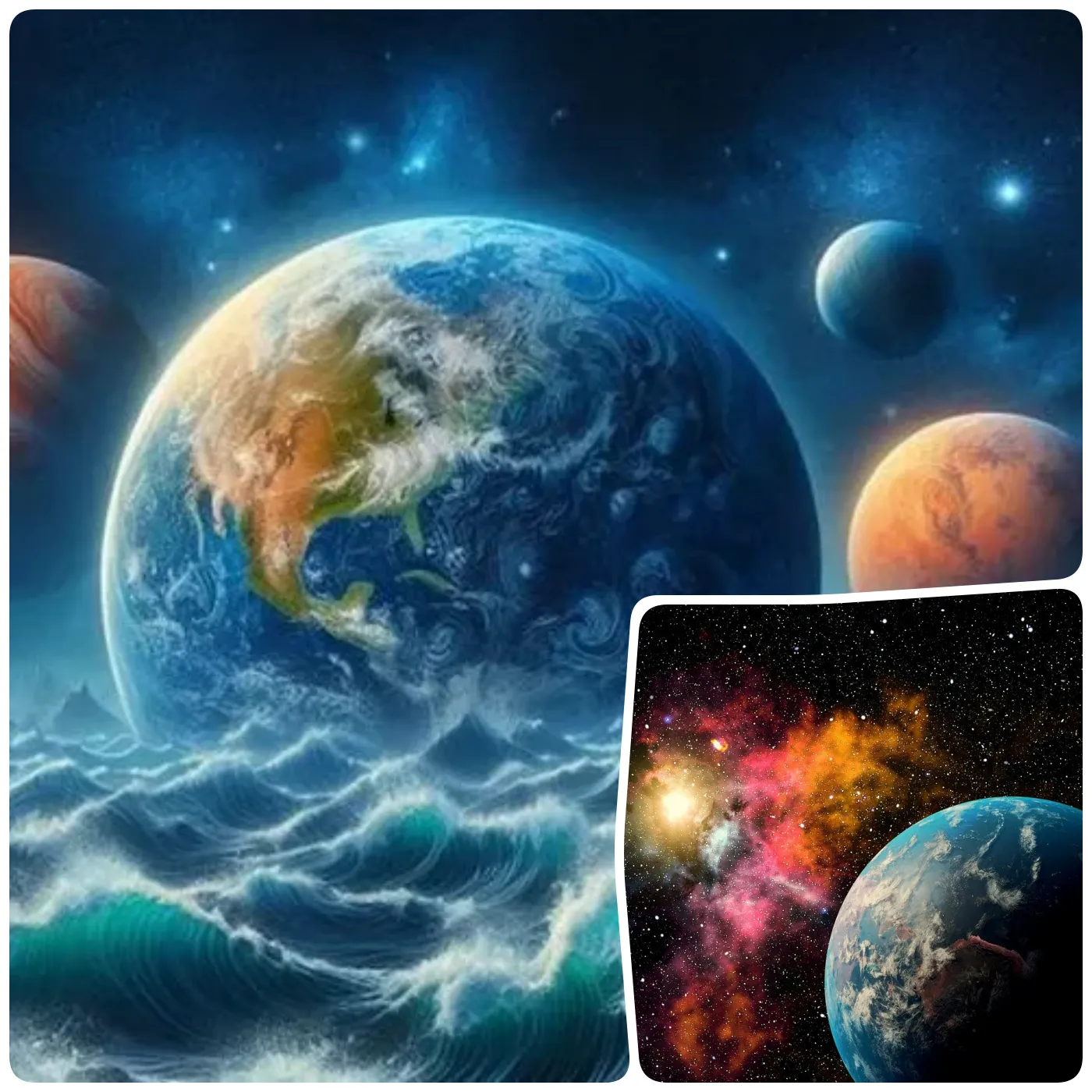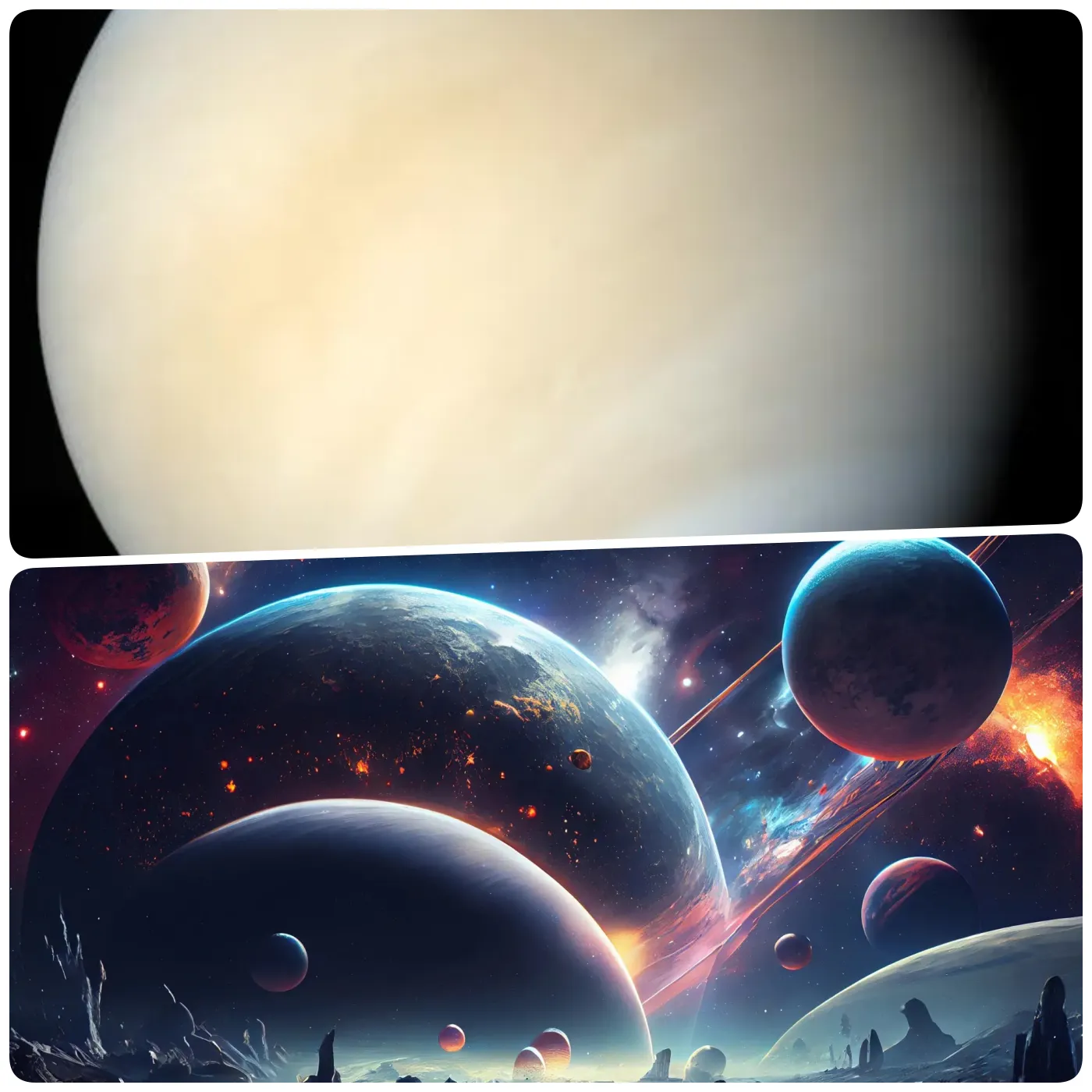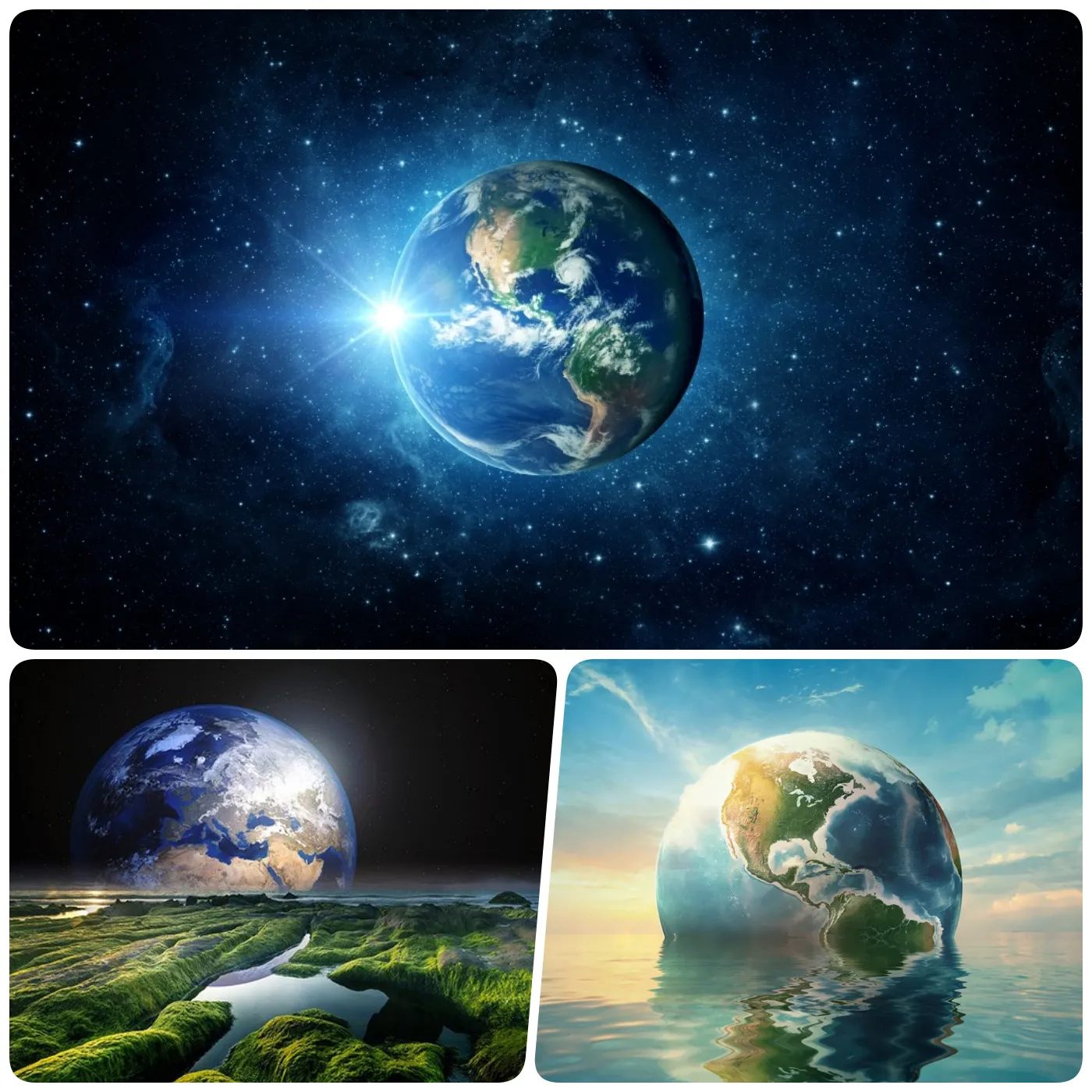
Another planet with rivers and seas in our Solar System
Scientists have just discovered new traces showing that the original solar system gave birth to three planets with liquid water and suitable for life. Previous studies have shown that Mars once had rivers, lakes and oceans similar to Earth before it became a barren, lifeless desert. Now, new research indicates that another planet in our Solar System may suffer the same fate.
The planet is Venus, a world that today reaches scorching temperatures of 460 degrees Celsius, has an atmospheric pressure 100 times greater than Earth’s, and is covered in dense clouds of sulfuric acid (H2SO4). The research team led by Dr. Hiroki Karyu from Tohoku University in Japan discovered an anomaly in the ratio between two variants of water molecules, HDO and H2O.
HDO is a form of water in which one of the common hydrogen atoms is replaced by its isotope, deuterium (D), also known as “semi-heavy water”.
These anomalies were discovered through data from the SOIR (Solar Occultation in Infrared) spectrometer aboard the European Space Agency’s Venus Express spacecraft, Sci-News reports. According to current evidence, Venus and Earth initially had similar HDO/H2O ratios.
However, the observed ratio in Venus’s atmosphere below 70 km is 120 times greater than on Earth, indicating significant deuterium enrichment over time.
This enrichment is mainly due to solar radiation breaking down water isotopes in the upper atmosphere, creating hydrogen and deuterium atoms.

Because hydrogen atoms are lighter and can escape into space more easily, the HDO/H2O ratio gradually increases.
The concentrations of both water variants increase with altitude from 70 to 110 km, and the HDO/H2O ratio increases exponentially over this range, reaching levels 1,500 times higher than in Earth’s oceans. This may be related to the presence of hydrated sulfuric acid aerosols that saturate the atmosphere of Venus just above the cloud layer, where the temperature drops below the dew point of sulfuric acid, leading to the formation of deuterium-rich aerosol particles.
These particles fly to higher altitudes, where increased temperature causes them to vaporize, releasing larger amounts of HDO than H2O. The steam will then circulate back down, starting the cycle again.
Although the behavior of water on Venus is completely different from Earth, what is happening in its atmosphere confirms an undeniable fact: Venus still has a significant amount of water.
This suggests, according to proven models, that when Venus was not rotating slowly and was not engulfed by a severe greenhouse effect, it could have had a high H2O content like Earth, which could exist. on its surface in the form of a river, lakes and seas.

“This phenomenon challenges our understanding of Venus’s water history and raises the possibility that the planet was habitable in the past,” the authors said. Additionally, they suggest that understanding Venus’s evolution in relation to water and its ability to support life could help us determine the factors that make a planet suitable or unsuitable with life.
This insight could help humanity take the necessary measures to prevent Earth from following in the footsteps of its “evil twin”.
Along with Earth, Venus and Mars were also originally born in the Sun’s “Goldilocks Zone”, an area with conditions that could support life.






